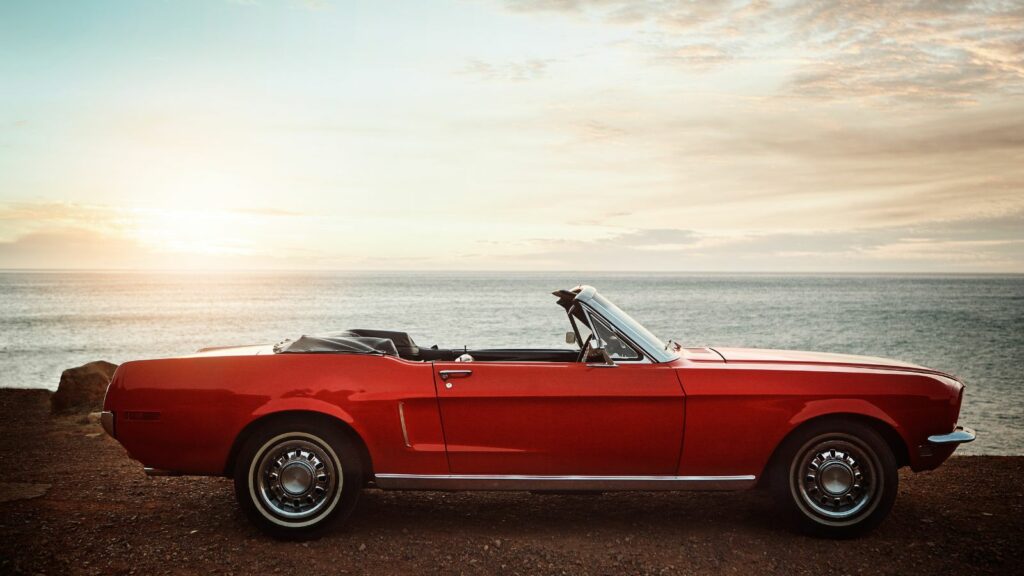There’s something magical about driving a convertible with the top down, especially in the summertime. The wind in your hair, the sun on your face, and the freedom of the open road create an unparalleled driving experience. Classic convertibles, with their timeless designs and rich histories, capture this spirit of summer like no other. These cars are symbols of an era, embodying style, performance, and the pure joy of driving. Here are 13 classic convertibles that have become icons of summer.
Ford Mustang Convertible (1965)

The 1965 Ford Mustang Convertible is a quintessential American classic that epitomizes the spirit of the 1960s. Launched during the peak of the muscle car era, this convertible featured a sleek design, a powerful V8 engine, and a relatively affordable price tag, making it an instant hit. Its long hood, short deck, and distinctive grille have made it the adventure poster car. The Mustang’s performance and style have cemented its status as a timeless summer favorite, allowing drivers to relive the golden age of American motoring.
Chevrolet Corvette Convertible (1961)
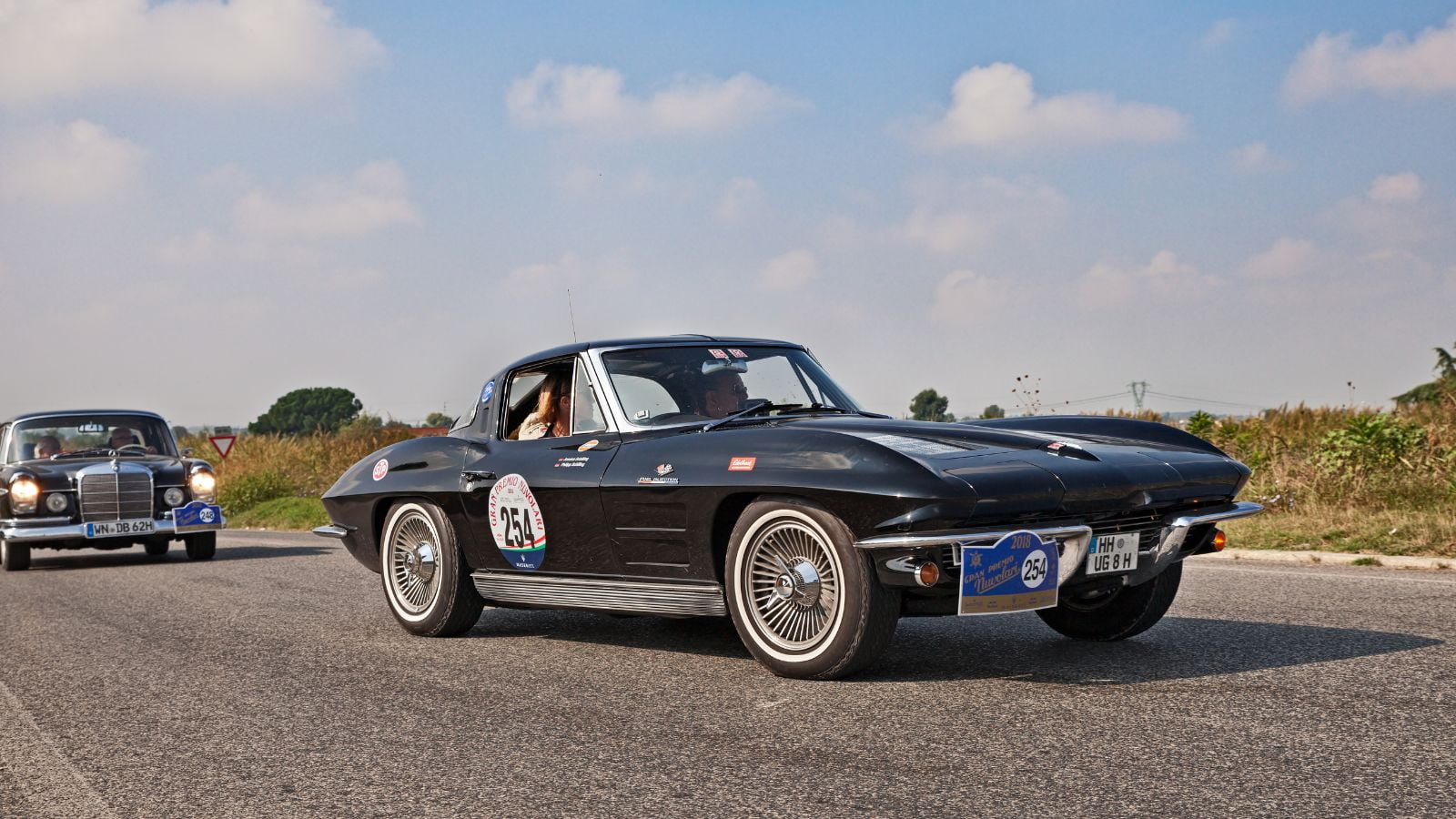
The 1961 Chevrolet Corvette Convertible is a true icon of American automotive engineering. With its bold, aggressive styling and impressive performance, the Corvette quickly became synonymous with speed and luxury. The 1961 model, part of the first generation, featured a new rear design with four round taillights, setting the stage for future Corvettes. Its lightweight fiberglass body and powerful V8 engine provided an exhilarating driving experience, making it a perfect choice for those summer road trips.
Jaguar E-Type Roadster (1961)
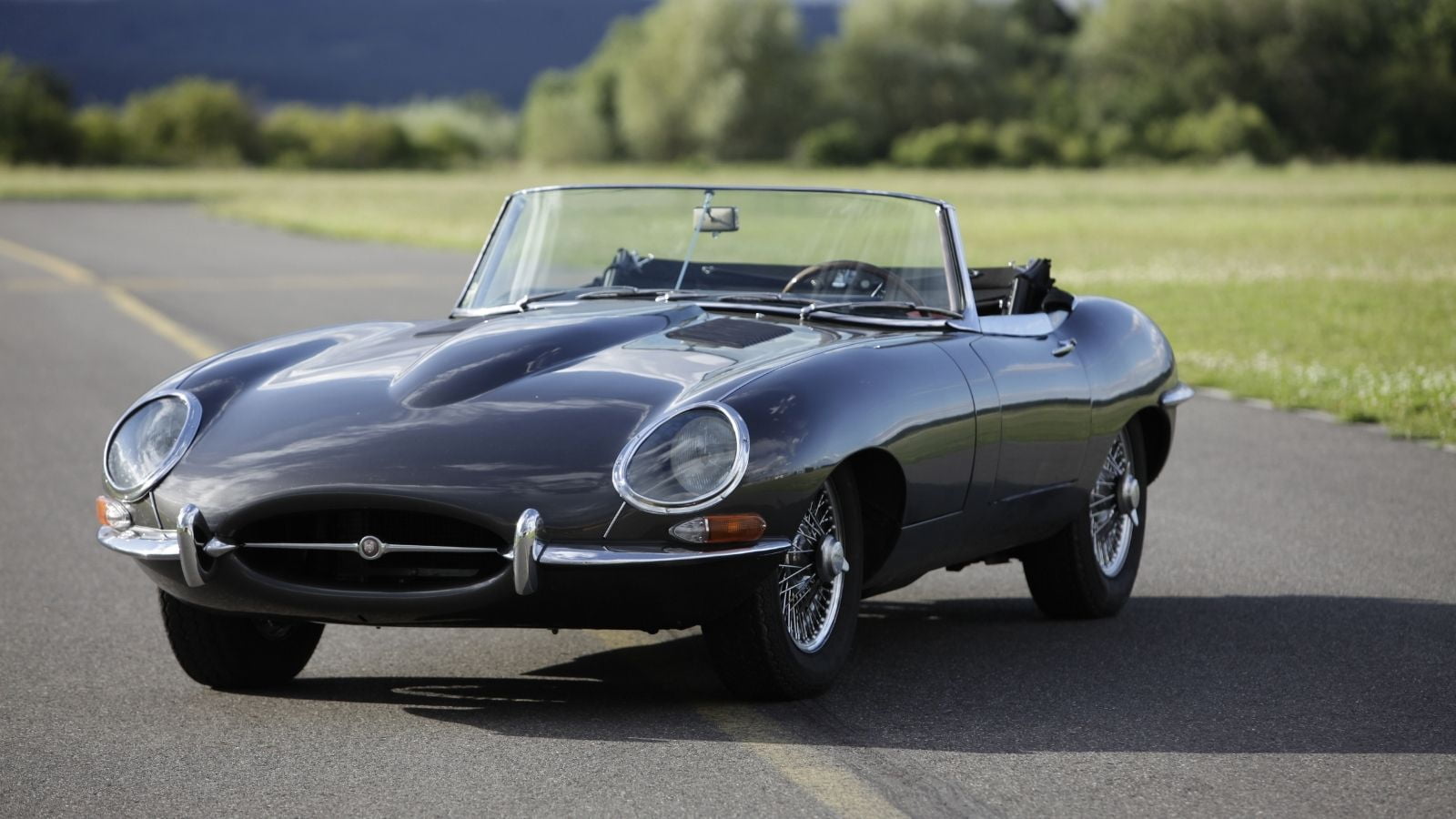
Often described as one of the most beautiful cars ever made, the 1961 Jaguar E-Type Roadster is a British design and engineering masterpiece. Its long, sweeping hood, elegant curves, and sleek profile captured the attention of car enthusiasts worldwide. Under the hood, the E-Type boasted a robust inline-six engine with remarkable speed and performance. The combination of its stunning aesthetics and thrilling drive made the E-Type Roadster an instant classic, embodying the romantic spirit of summer driving.
Porsche 356 Speedster (1954)
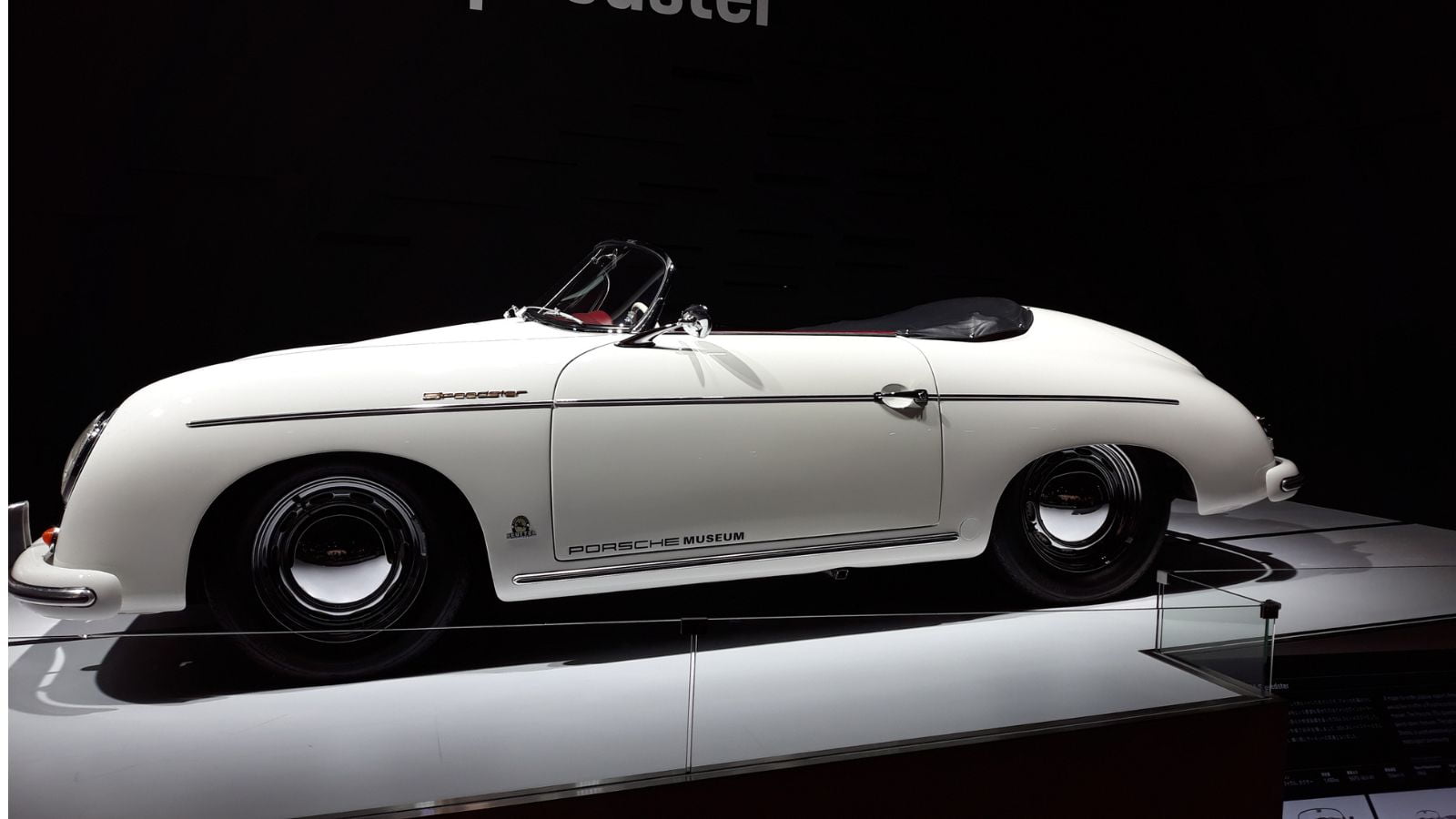
The 1954 Porsche 356 Speedster is a legendary convertible that exudes simplicity and elegance. Known for its lightweight construction, rear-engine layout, and excellent handling, the Speedster was designed with the driving enthusiast in mind. Its minimalist design, characterized by a low windshield and bucket seats, emphasized the car’s sporty nature. The 356 Speedster’s nimble performance and timeless appeal have made it a beloved classic.
Mercedes-Benz 280SL Pagoda (1968)
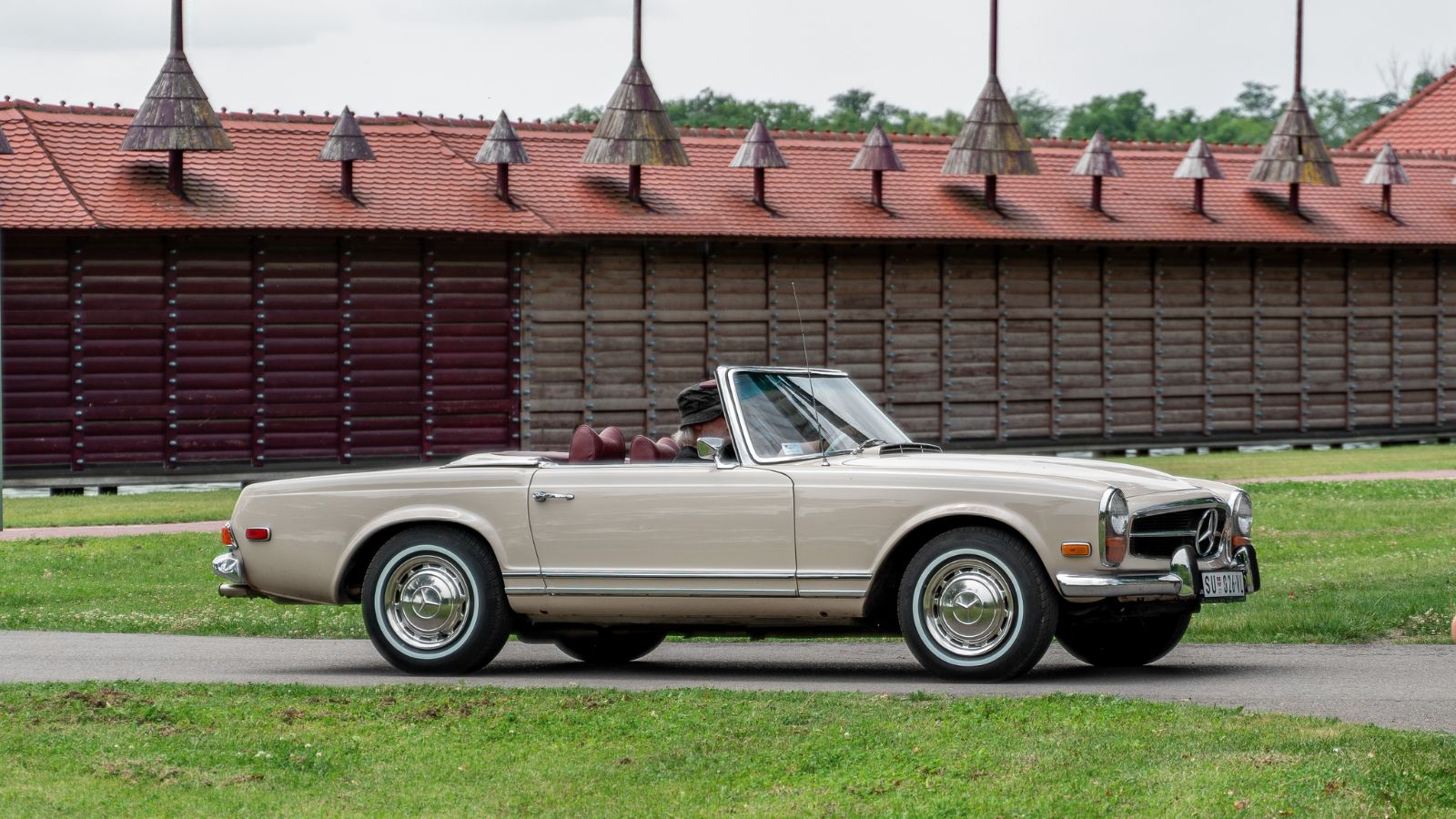
The 1968 Mercedes-Benz 280SL, commonly known as the “Pagoda” due to its unique concave hardtop, symbolizes luxury and sophistication. Introduced as part of the W113 series, the 280SL replaced the 230SL and 250SL, featuring a more powerful 2.8-liter inline-six engine producing 170 horsepower. This powerplant enabled the car to achieve 0-60 mph in approximately 8 seconds, impressive for its time. The 280SL boasted advanced safety features, including a rigid passenger cell and energy-absorbing crumple zones, pioneering automotive safety design. The Pagoda’s blend of elegance and performance continues to make it a sought-after classic convertible for summer motoring.
Ferrari 250 GT California Spyder (1958)

The 1958 Ferrari 250 GT California Spyder epitomizes Italian automotive artistry. Designed for the American market, it combined stunning aesthetics with impressive performance. The car was the brainchild of Ferrari’s North American dealer, Luigi Chinetti, and coachbuilder Scaglietti, who envisioned a stylish, open-top sports car. Its aluminum body and excellent weight distribution contributed to its exceptional agility. Only 106 units were produced, split between the long-wheelbase (LWB) version (1958-1960) and the short-wheelbase (SWB) version (1960-1963), making it a rare and valuable collector’s item. Notably, a 1961 SWB version sold for $18 million at auction in 2016, underscoring its status as a timeless automotive masterpiece.
Alfa Romeo Spider (1966)
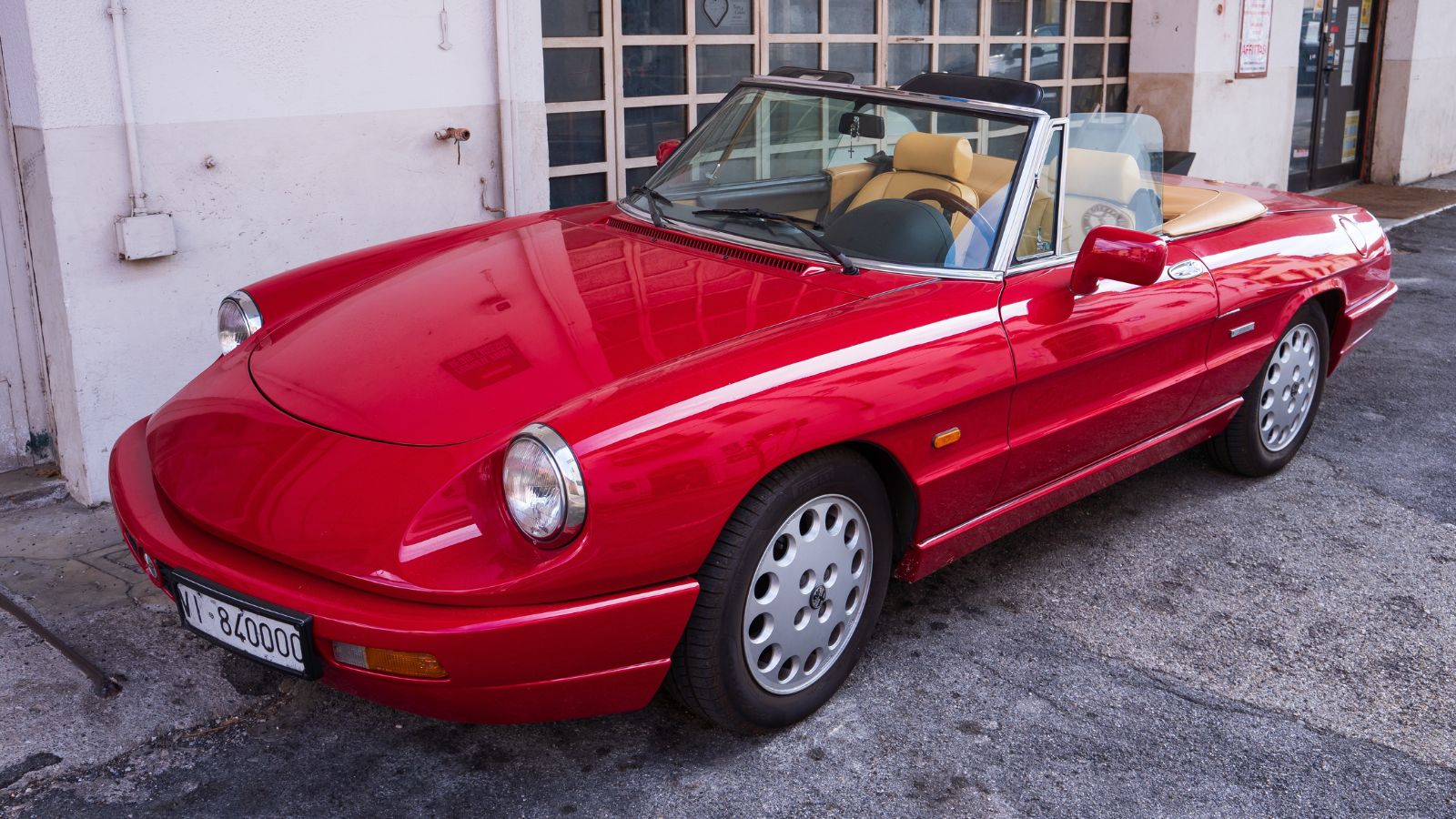
Popularly known as the Duetto, the Alfa Romeo Spider was Designed by Pininfarina. Its sleek, aerodynamic body and “boat tail” rear end made it an automotive-style icon. The Spider was powered by a 1.6-liter twin-cam inline-four engine producing 108 horsepower and a five-speed manual transmission, offering spirited performance and engaging driving dynamics. This two-seater sports car also featured independent front suspension, a solid rear axle with coil springs, and disc brakes on all four wheels. The Spider gained fame as the car driven by Dustin Hoffman in the 1967 film “The Graduate,” further cementing its place in popular culture.
Austin-Healey 3000 (1959)
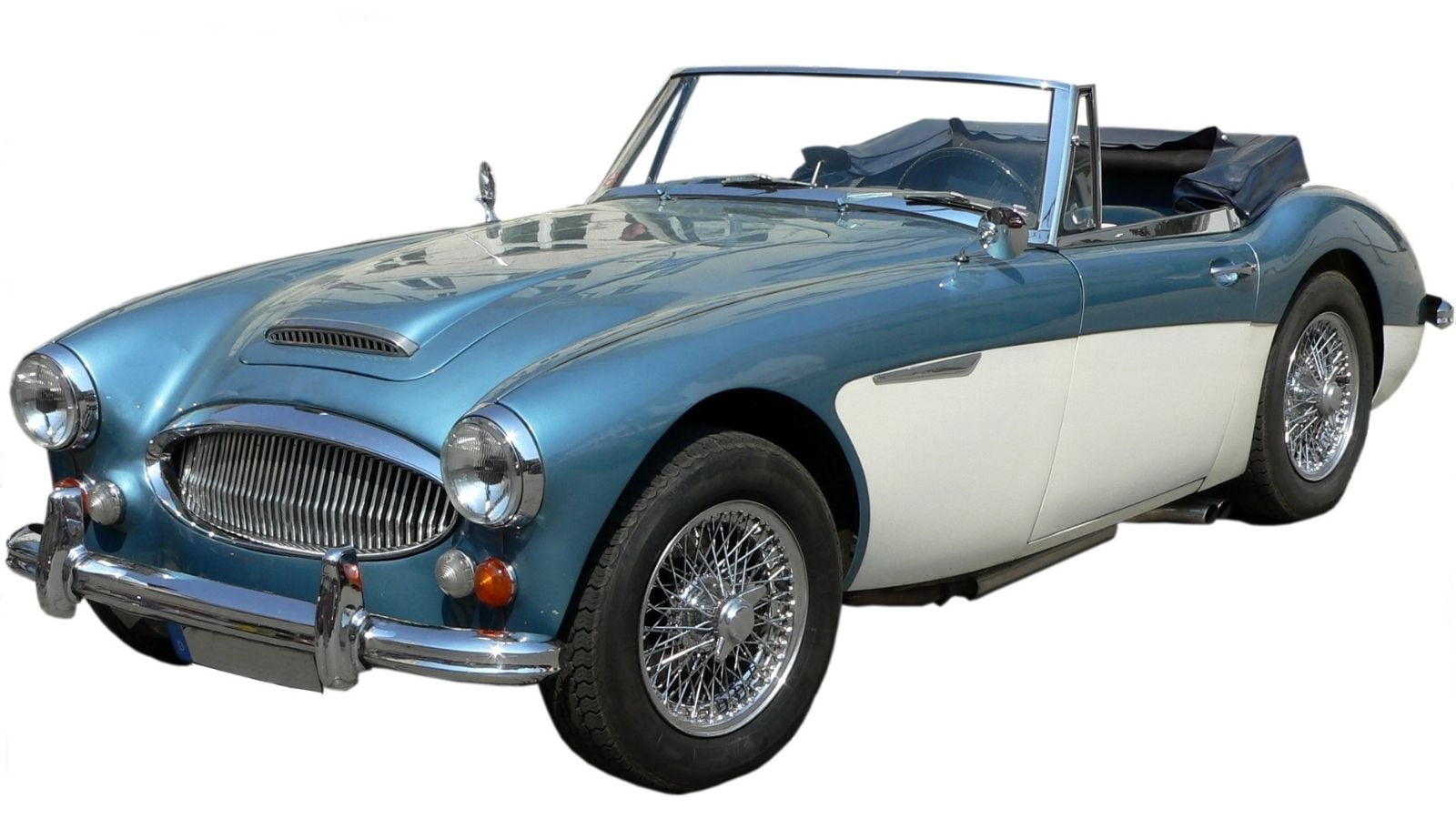
The 1959 Austin-Healey 3000 is a British sports car that embodies the spirit of open-top motoring. It featured a robust 2.9-liter straight-six engine, producing 124 horsepower, which was substantial for its time. The car’s handling was enhanced by its independent front suspension and disc brakes on the front wheels, a significant advancement over its predecessors. The 3000 was offered in two main variants: the 2-seater BN7 and the 2+2 BT7. Both featured elegant, flowing lines and a distinctive front grille, epitomizing the British automotive design of the era. The Austin-Healey 3000’s blend of performance and style has made it a favorite among classic car enthusiasts, offering a thrilling and nostalgic summer driving experience.
BMW 507 (1956)
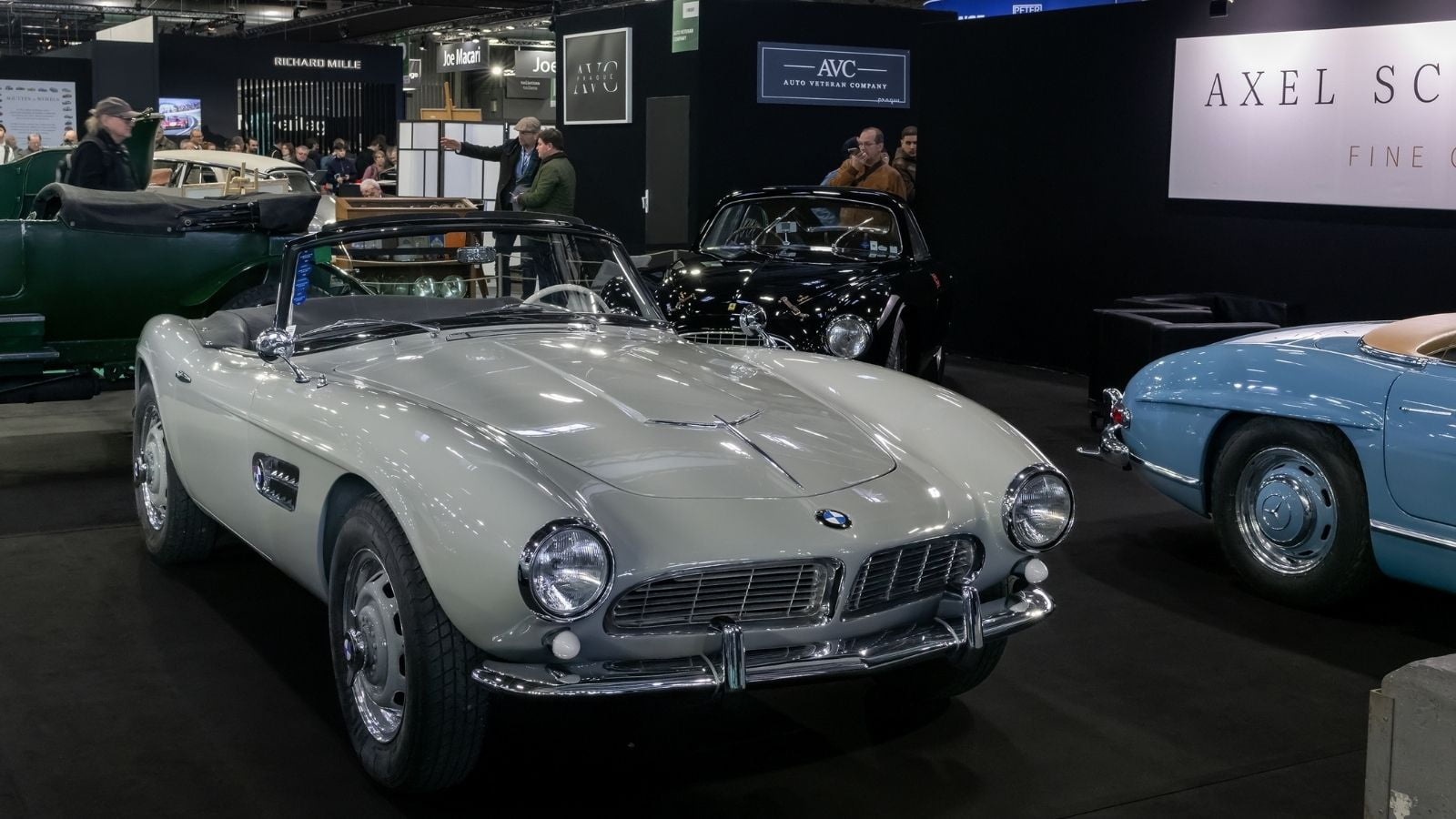
The 1956 BMW 507 is a rare and exquisite convertible showcasing the best German engineering and design. Designed by Albrecht von Goertz, its sleek lines and kidney grille set a new standard for automotive aesthetics. Powered by a 3.2-liter V8 engine, it delivered 150 horsepower, allowing a top speed of around 122 mph (196 km/h). Despite its stunning design and strong performance, the 507 faced financial challenges due to its high production costs, resulting in only 252 units being made. This scarcity has made it a highly coveted classic car. Notably, the 507 was favored by celebrities such as Elvis Presley, who owned two.
Sunbeam Tiger (1964)
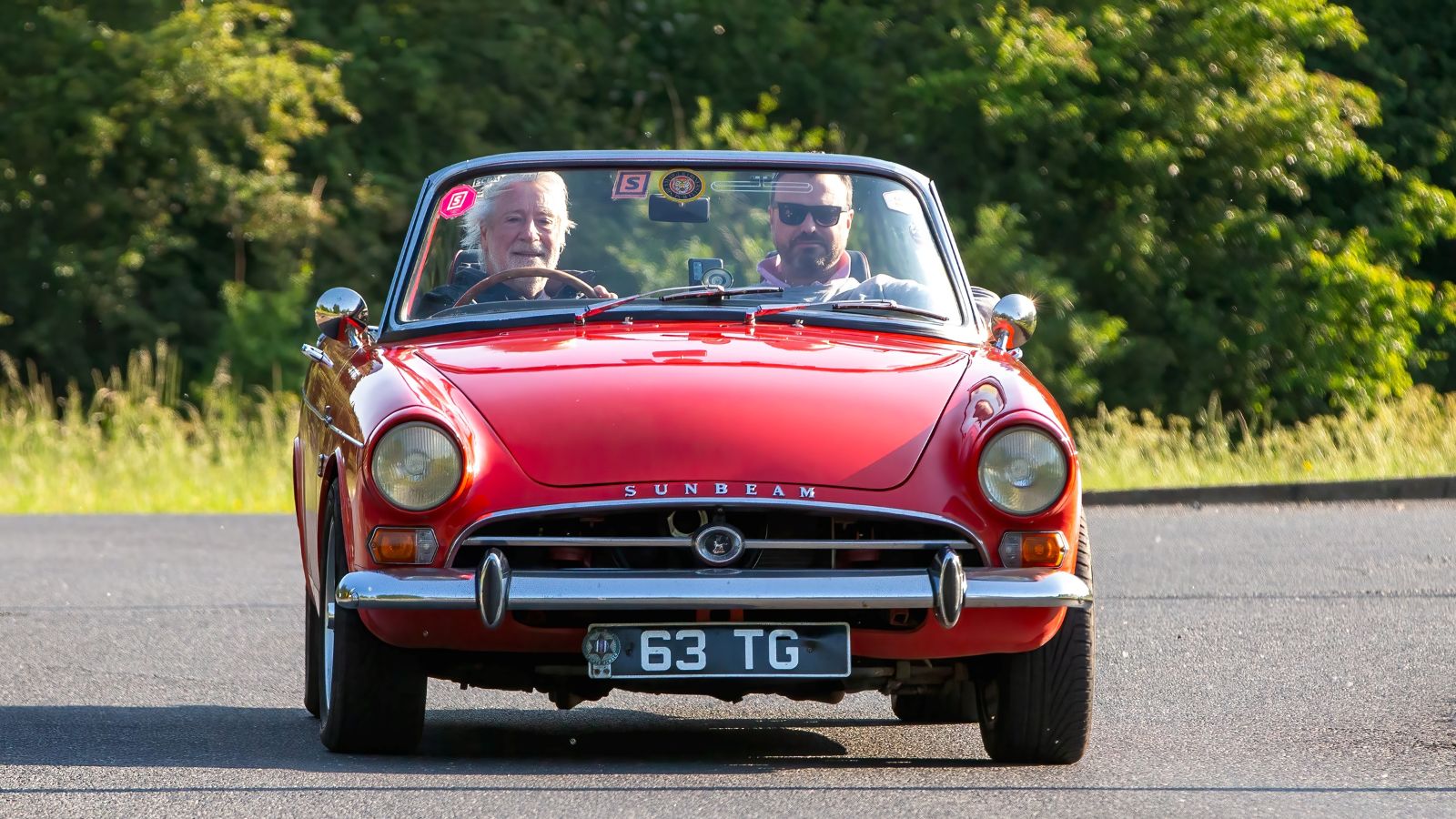
Rooted in the Sunbeam Alpine, the Tiger was enhanced by Carroll Shelby, the legendary designer behind the AC Cobra. Under the hood, it boasts a Ford 260 V8 engine, producing around 164 horsepower, which was remarkable for its time. This powerhouse enabled the Tiger to accelerate from 0 to 60 mph in under 8 seconds, making it a formidable competitor against contemporaries like the MGB and Triumph TR4. Its production, lasting until 1967, saw approximately 7,085 units, including the more powerful Mk II variant introduced in 1967. Collectors cherish it not only for its performance but also for its historical significance and unique transatlantic collaboration.
Triumph TR6 (1969)
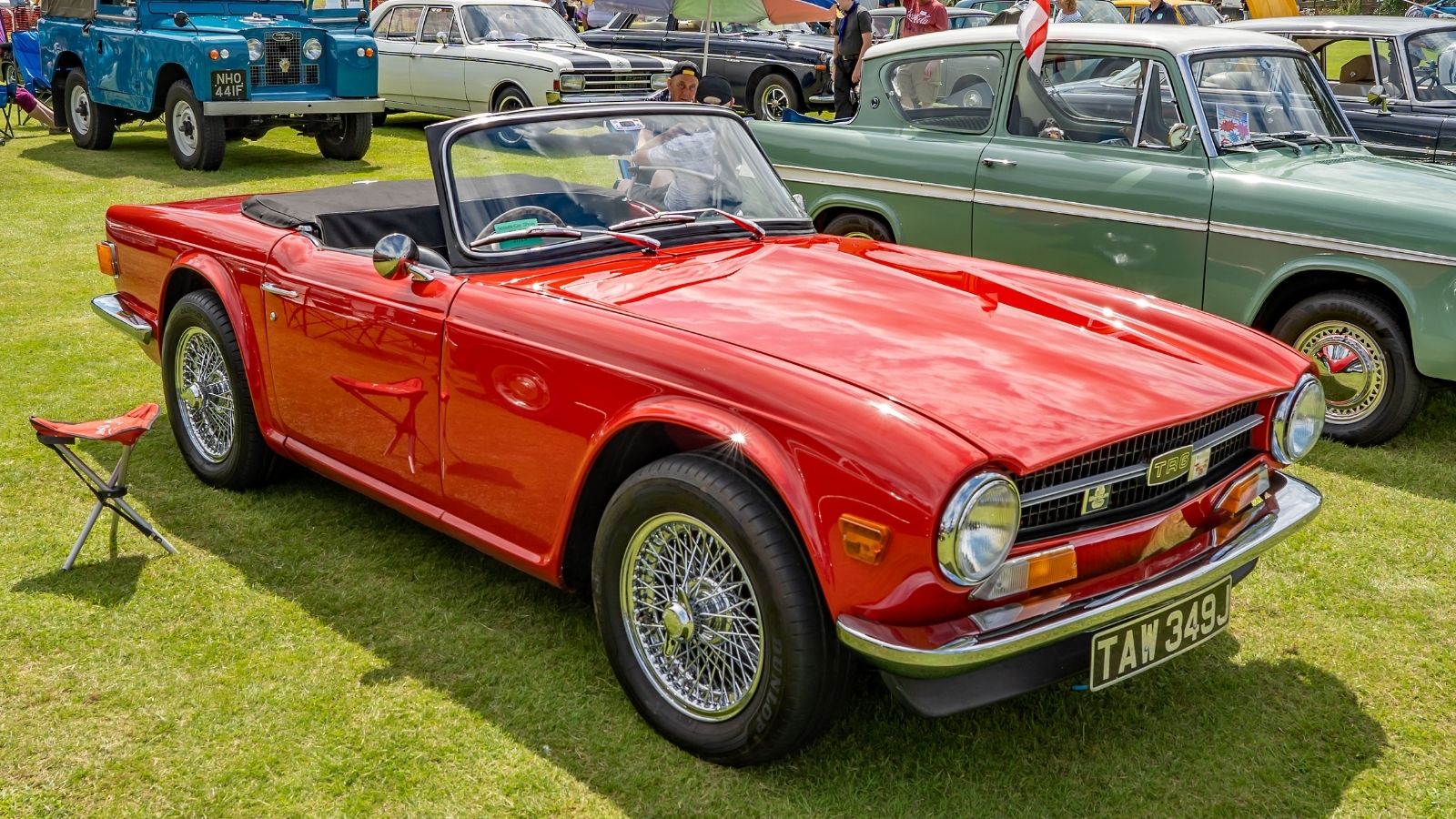
Imagine Bruce Wayne’s dapper cousin deciding to take up a hobby in motor racing— that’s the TR6. With a 2.5-liter inline-six engine, it roared to life with 150 horses under the hood, allowing it to go from 0 to 60 mph in 8.2 seconds. Not bad for a car that looks like it spends its weekends sipping tea! Its design was a collaborative effort between the Brits and the Germans, featuring a body by Karmann, ensuring it looked as good parked at the pub as it did on the open road. The TR6’s independent rear suspension made its handle curve with the grace of a ballroom dancer, while its wooden dashboard and leather seats added a touch of class.
Chevrolet Camaro Convertible (1967)
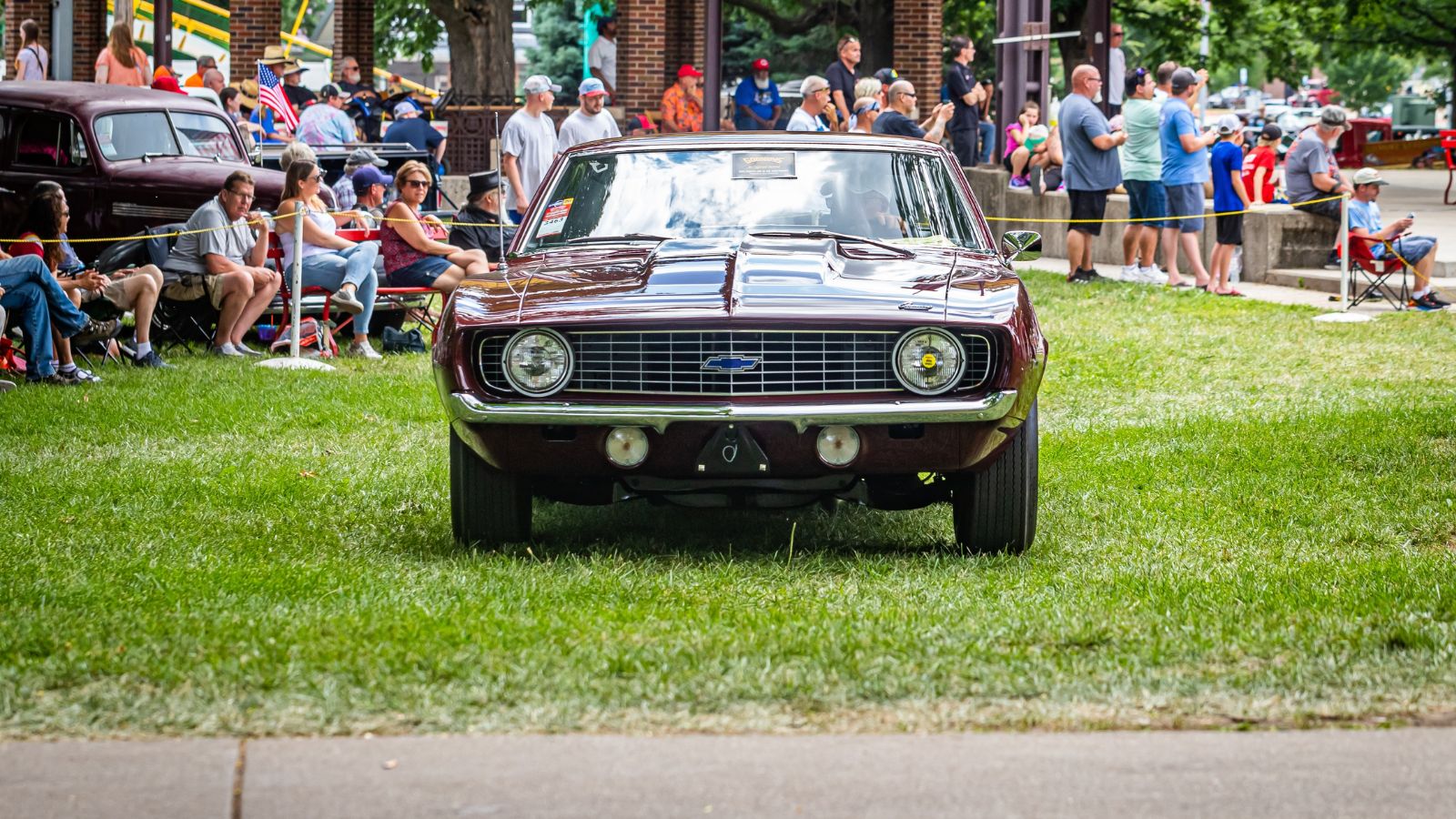
The 1967 Chevrolet Camaro Convertible is like that cool uncle who always shows up in a leather jacket and aviator sunglasses for family gatherings. This classic beauty marked Chevrolet’s bold entry into the pony car race, challenging the mighty Ford Mustang. Under the hood, you could find anything from a modest inline-six to a roaring 396 V8, making it a beast that could purr or growl depending on your mood. The convertible top added a breezy freedom, perfect for cruising down Route 66 with the wind in your hair and the occasional bug in your teeth. In short, the ’67 Camaro Convertible epitomizes American muscle with a drop-top twist, making it a timeless classic that still turns heads today.
Datsun 2000 Roadster (1967)
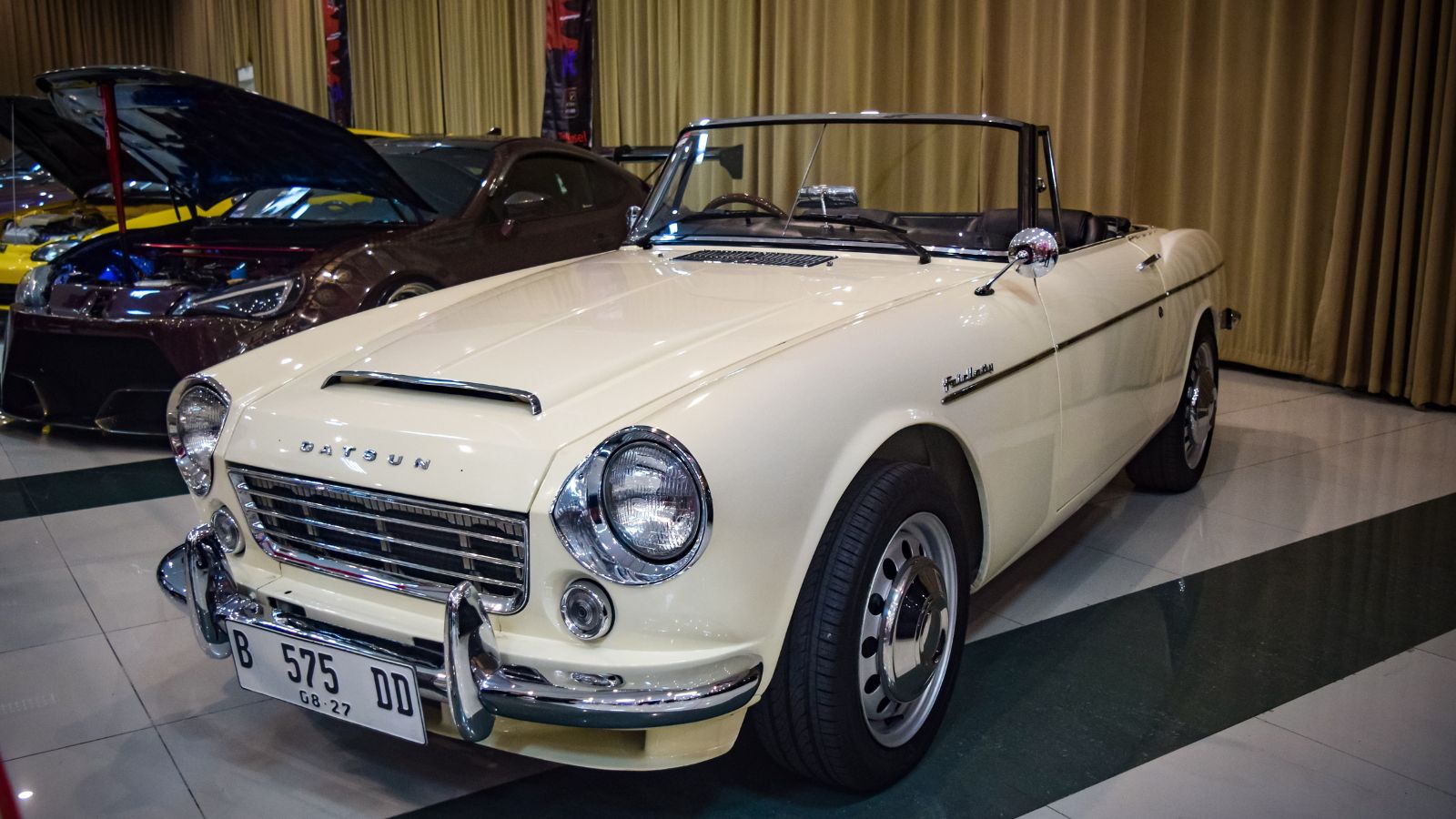
The 1967 Datsun 2000 Roadster is a Japanese sports car with impressive performance and affordability. Equipped with a 2.0-liter inline-four engine, it revs up to 135 horsepower—plenty to give the road a brisk talking-to. Its design resembles classic sports cars, with a sleek, low-slung body that practically screams, “I’m here to have fun!” The 2000 Roadster was also one of the first to offer an independent rear suspension, translating to a smoother, more enjoyable ride. The interior? Think minimalist with just enough charm to make you forget you’re missing a few modern conveniences. The 1967 Datsun 2000 Roadster is a delightful blend of vintage flair and spirited performance, making it a true classic car lover’s treasure.
11 Cars that are Known for Breaking Down Regularly

No car company wants to deliver a dud. However, even though companies try their best to deliver excellent cars, some cars turn out to be lemons, breaking down frequently. This creates problems for both the consumer and the manufacturer.
11 Cars that are Known for Breaking Down Regularly
